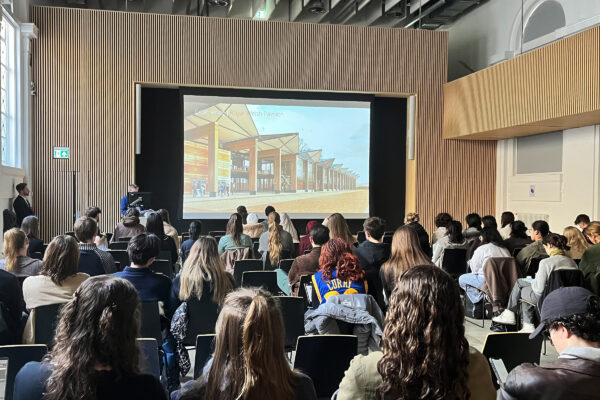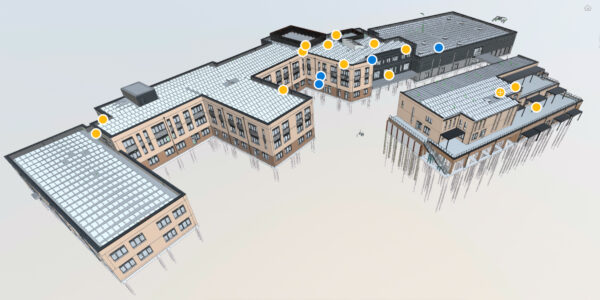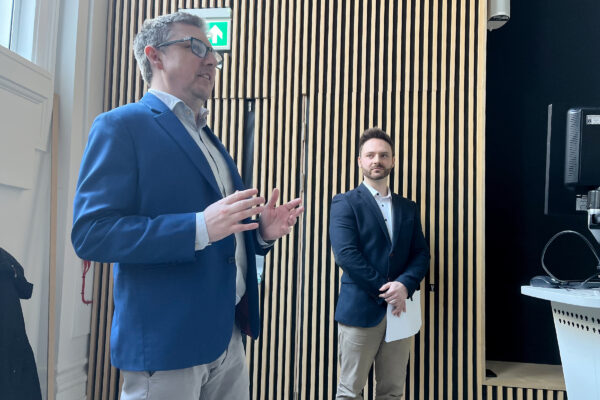BIM, AI, and best practices that are preparing future architects – our university lectures
For more than twenty years, we have worked with universities to help shape the advancement of architecture through collaborative efforts to develop current, forward-thinking lectures and invest in the next generation of architects.
With the rise of AI, a change-defining technological era that is reshaping industries, the role of BIM and AI in architecture is as essential as ever. The profession is developing, and AI’s capabilities are augmenting design and enabling architects to anticipate and tackle challenges before they arise.
The combination of AI and BIM sets new standards in efficiency and innovation and reshapes how we conceive, design, deliver, and manage the built environment.

Staying competitive is essential for future architects who will soon be at the forefront of the industry, and through our guest lectures, we’re committed to helping students navigate a profession that is in constant evolution.
Our lectures discuss the practical uses of BIM and AI, providing best practices to ensure students are industry-ready and gain the skills they need to tackle real-world challenges.

AI is increasingly recognised as a valuable resource for architects, technologists, and designers, enhancing their skills and capabilities. It enables faster, more data-driven decision-making.
Often, when we speak to people about AI within construction, they think of it as a design tool that can offer complex geometry and aesthetic buildings, but this only scratches the surface of its potential. It’s proving invaluable in less glamorous but equally critical areas of architectural practice, such as technical specification, standards compliance, and site analysis.
Its wider uses (beyond design) are its potential as an operational tool for the whole business. It already assists our teams with document drafting, research, accountancy, workflow optimisation, marketing and internal knowledge sharing. This has freed up time for deeper creative and strategic thinking.

Earlier this year, Andrew Joss, our Digital Construction Lead and Associate, and Daniel Bees, Digital Construction Manager, joined students at the Cardiff University Welsh School of Architecture once again to present a lecture discussing recent advancements in digital construction, AI and its growing role in the built environment.
They shared how Rio is leveraging BIM and digital construction to expand the limits of what is possible in architecture, offering students a glimpse into the future of digital construction.
We refresh our lecture content regularly to reflect the pace of change in digital tools and technologies, and work with academic institutions to ensure that BIM and emerging digital methodologies are fully integrated into course content.
From a practice perspective, another key element of our approach is strengthening the connection between universities and the profession to provide a collaborative space and access to emerging talent. Mutually beneficial, these partnerships allow us to identify and nurture the architects of tomorrow.
The future of architecture will be digitally enabled, socially conscious and deeply collaborative. We view AI and BIM as tools to enable better, more informed decision-making and promote sustainable design.
